Can ‘hold the line’ infrastructure bring people together? You bet it can, says LDA Design director Sophie Thompson
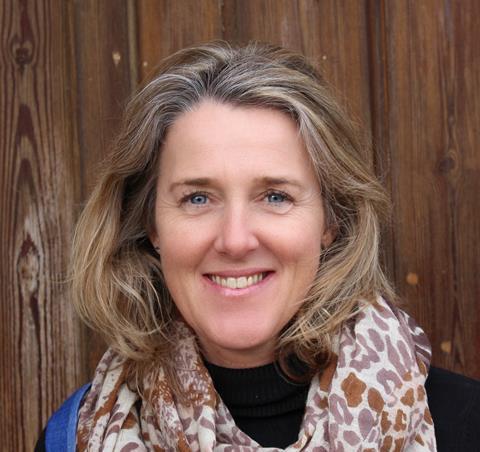
When the government promises to ‘build, baby, build’, it hopes to sound focused, ambitious and relentless – like simply nothing and no one is going to get in the way.
By the next election, the government says up to 12 new towns will be under construction, with red tape and environmental objections pushed aside. And about time, many will cry, as we begin to address the needs of the 1.3 million households currently on a local authority housing register, let alone making home ownership a reality for more people.
Except that it can also sound a bit frantic, harried and careless, with seemingly little time now to do things properly, projects waived through regardless, quality potentially on the back burner. Just when we should at last be giving nature a forever seat at the decision-making table, it seems to have been pulled away in a surprise game of musical chairs.
Environment secretary Steve Read has described Defra, the Department for Environment, Food and Rural Affairs, as a “growth department”. The government’s foe looks not to be Farage or the Conservatives, but the great crested newt.
But there is a way of managing major projects, including placemaking and infrastructure, which ensures that communities benefit and nature is enhanced. So, pack your costume and bucket and spade – we’re heading to the seaside for a deep dive into an unlikely design hero. There’s something happening right now in the city of Portsmouth that we should be alert to.
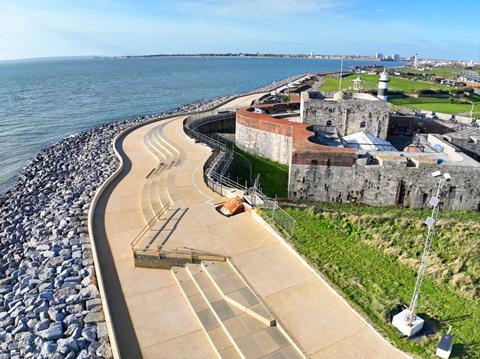
Southsea is now home to the UK’s largest local-authority-led coastal flood defence project. The £200 million scheme stretches for 4.5 km, from Old Portsmouth to Eastney Beach.
It’s been led by the city council and specialist delivery experts, Southsea Coastal Partners, and is aimed at reducing the risk of flooding for more than 10,000 homes and 700 businesses. Portsmouth is the UK’s third most densely populated city, and the project is designed to not only protect those at the water’s edge but those further in, and some of its most significant green spaces.
There is real urgency around flood protection in cities and towns, and one of the many interesting things about what’s happening at Southsea is how the team behind the project has come together – full confession, this includes LDA Design as landscape architects – to maximise the value of the scheme, so that the benefits are much wider than flood defence. This is ‘build, baby, build’ – but not as we often know it.
It wasn’t all plain sailing from the start. While local people welcomed the assurance of greater protection, they were also worried about what this might mean for their seafront. Would Southsea just gain more concrete whilst losing what made it feel special?
Early proposals included sections of concrete wall up to 3.8 m high. Campaigners created a one-to-one wall out of cardboard to make the point that the loss, including of views, could be greater than the gain.
Southsea has worked out very differently, though. The funding has always been tight and prescribed, but the community came round to start to trust what the consultants were saying: that a highly complex engineering project was being approached from a place-based perspective. Community benefits were held front of mind without ever losing sight of the primary goal – to keep the water out.
On the ground this meant understanding how people used the spaces and how nature had colonised them. It meant looking at walking and cycling and how events and play could be incorporated.
In particular, how the seafront’s heritage – including the nearly 500-year-old Southsea Castle – could come into its own. It meant meaningfully communicating with the community and working in partnership with them.
So, instead of that wall, a split-level promenade has been created that offers views over the Solent and serves as a generous new public space – somewhere that people can head to rather than seek to avoid. It was cheaper than the other main option too.
The project is multi-phased and still underway, but the gains are already significant. It’s much cited that loneliness can be as deadly as smoking up to 15 cigarettes a day. But on this seafront, neighbours meet for the first time on promenades that have become lovely places to picnic and socialise. There are jam sessions and skateboarders, families, dog walkers and runners.
In their report published at the start of the year, the Environment Agency said eight million properties – one in four homes and businesses – are now in areas at risk of flooding. Living with this fear has a huge impact on communities, including on mental health, and the government has confirmed a spend of £2.65 billion to go towards addressing it.
The question we need to ask now is – how can we make sure that the legacy from any building push is a better place, every time? Southsea is a good place to start.
>> Also read: The rising toll of disasters: why the US needs coordinated national action on climate change
Postscript
Sophie Thompson is Head of Public Realm and a board member at LDA Design


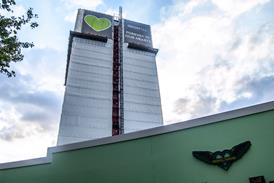

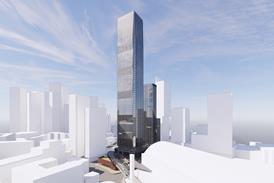
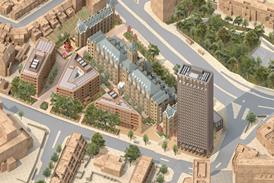



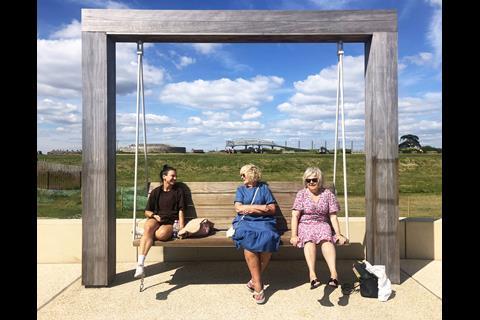
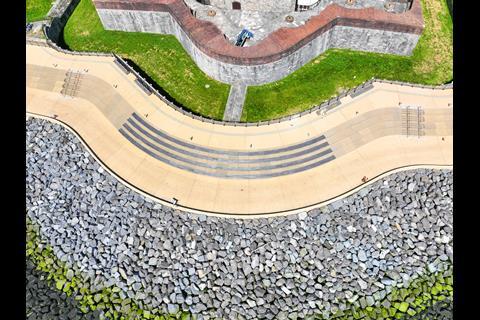
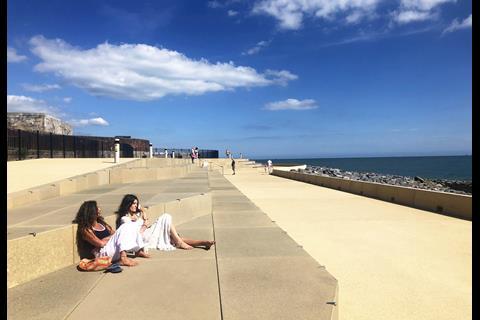
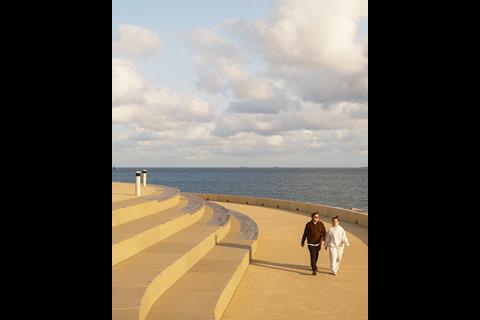







No comments yet